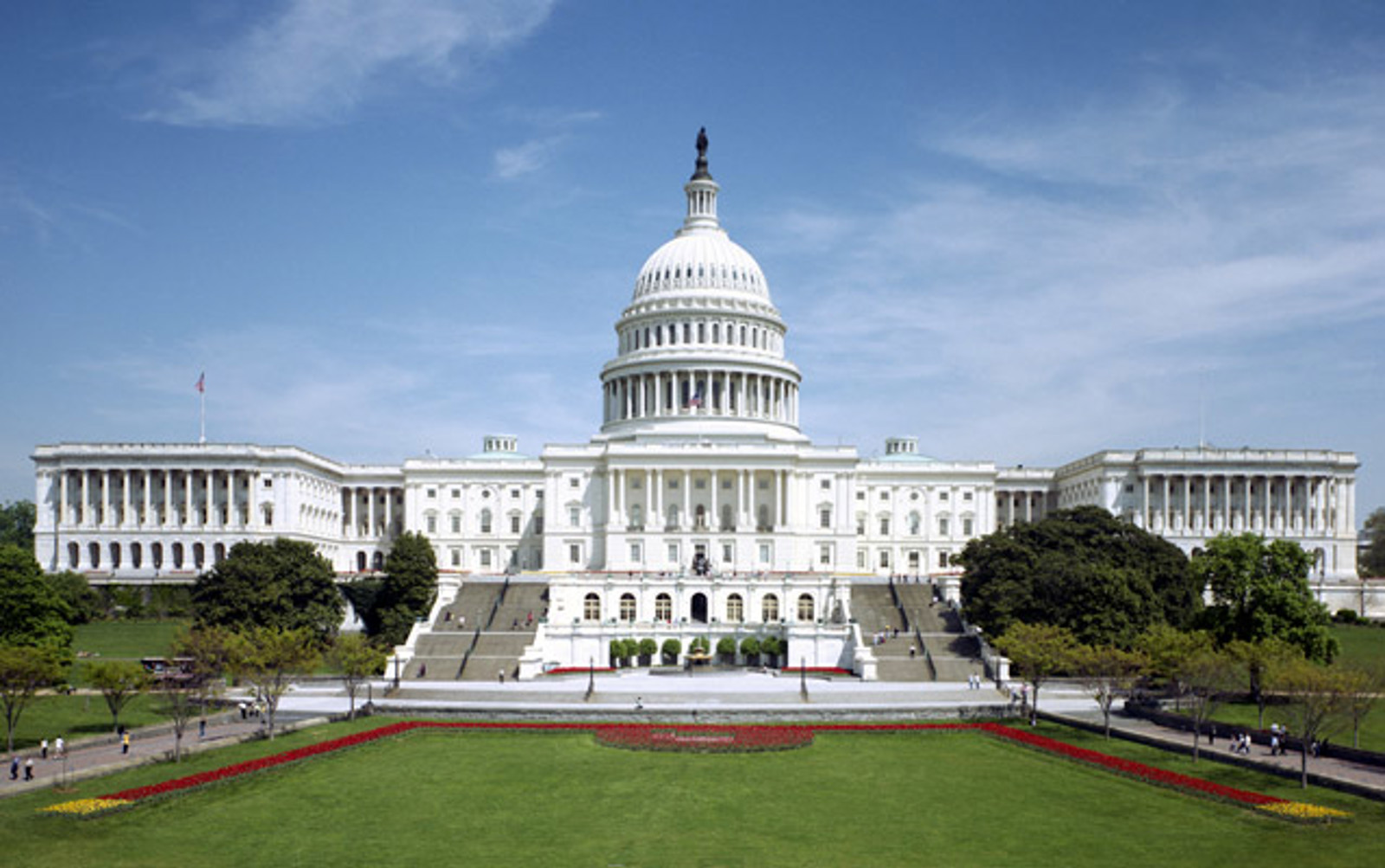March 16, 2023
Cost for President’s IDR Plan Higher than Expected
The Congressional Budget Office (CBO) estimated that the new income-driven repayment (IDR) plan proposed by the Biden Administration would increase the costs of the student loan program by $230 billion. This is an increase from the Administration’s estimate of $138 billion.
The CBO report was prepared at the request of Chairwoman Virginia Foxx (R-NC) of the House Committee on Education and the Workforce and Ranking Member Bill Cassidy (R-LA) of the Senate Committee on Health, Education, Labor, and Pensions.
Assuming borrowers make the required minimum payments, the president’s new IDR plan would allow undergraduate borrowers to pay only 5% of their discretionary income in student loan repayments and have their loans forgiven after 20 years and allow graduate borrowers to pay only 10% of discretionary income and have them forgiven after 25 years. A borrower with less than $12,000 in undergraduate loans would not need to make a payment on their student loans while making less than 225% of the poverty index but would still receive credit toward loan forgiveness for each $0 payment month.
The IDR proposal is one of the most significant proposals for student loan restructuring by the Biden Administration but received less public attention than the student loan forgiveness plan when the two proposals were announced last August. However, the plan had been discussed as part of the negotiated rulemaking that took place in the fall of 2021.
While CBO estimates $230 billion in costs, it also estimated that costs would increase by $76 billion if the student loan debt forgiveness proposal is halted by the Supreme Court because more students would enter the new IDR plan.
The IDR plan is likely to continue to be politically controversial as student loan policy remains a key political debate into the upcoming election cycle.
The CBO report was prepared at the request of Chairwoman Virginia Foxx (R-NC) of the House Committee on Education and the Workforce and Ranking Member Bill Cassidy (R-LA) of the Senate Committee on Health, Education, Labor, and Pensions.
Assuming borrowers make the required minimum payments, the president’s new IDR plan would allow undergraduate borrowers to pay only 5% of their discretionary income in student loan repayments and have their loans forgiven after 20 years and allow graduate borrowers to pay only 10% of discretionary income and have them forgiven after 25 years. A borrower with less than $12,000 in undergraduate loans would not need to make a payment on their student loans while making less than 225% of the poverty index but would still receive credit toward loan forgiveness for each $0 payment month.
The IDR proposal is one of the most significant proposals for student loan restructuring by the Biden Administration but received less public attention than the student loan forgiveness plan when the two proposals were announced last August. However, the plan had been discussed as part of the negotiated rulemaking that took place in the fall of 2021.
While CBO estimates $230 billion in costs, it also estimated that costs would increase by $76 billion if the student loan debt forgiveness proposal is halted by the Supreme Court because more students would enter the new IDR plan.
The IDR plan is likely to continue to be politically controversial as student loan policy remains a key political debate into the upcoming election cycle.
For more information, please contact:
Emmanual A. Guillory

